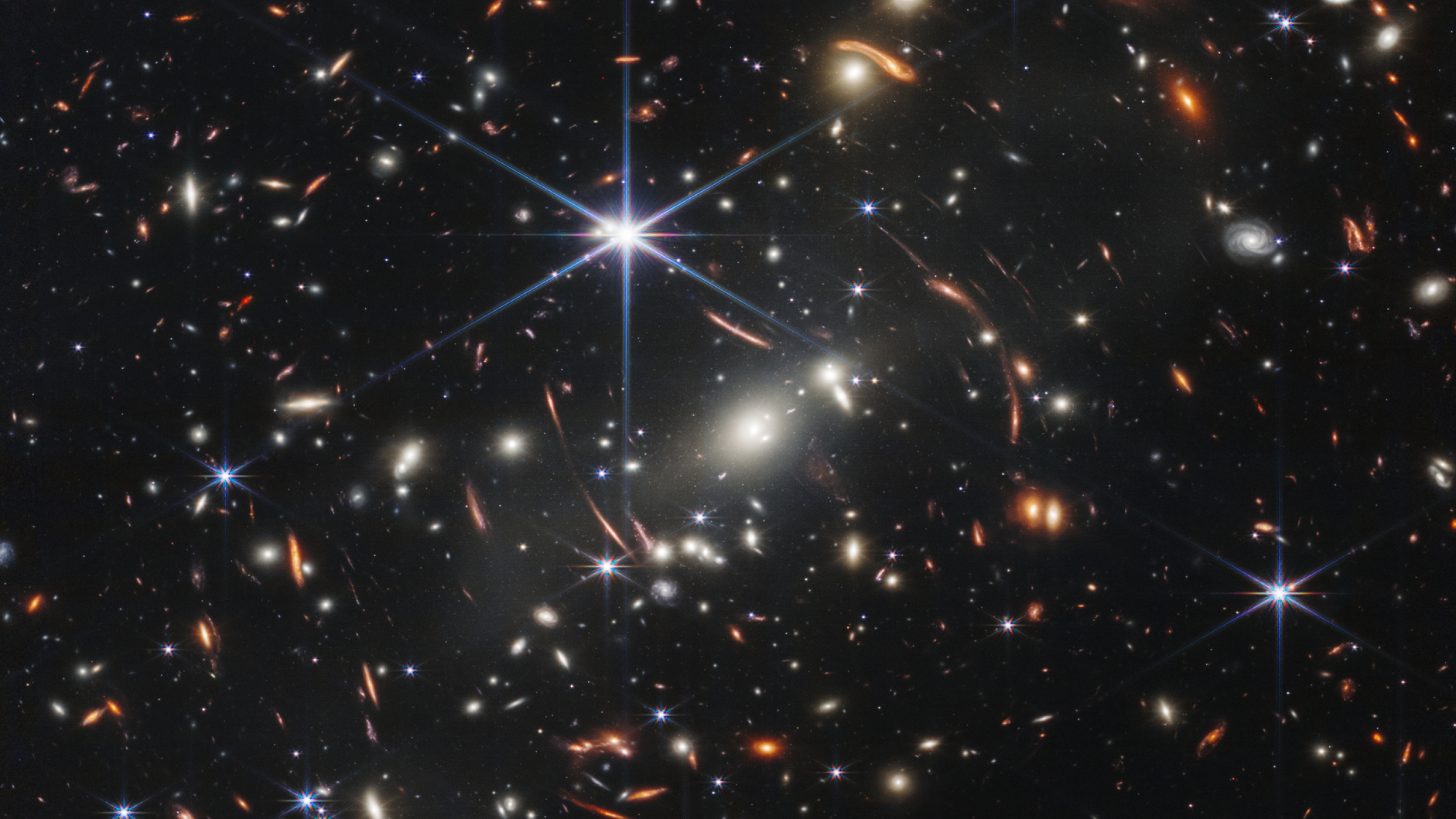Here's Why IceCube's Neutrino Discovery Is a Big Deal
Scientists have spotted a high-energy, incredibly tiny "ghost" particle called a neutrino flying through Antarctic ice and traced its origins back to a specific blazar, they announced today, July 12.
Physicists are very excited about the detective work that has told them about the neutrino's birthplace. But what the heck is a neutrino anyway, and why does it matter where the thing came from?
A neutrino is a subatomic particle just as tiny as an electron, but without any charge. Scientists know neutrinos have a tiny bit of mass, but they can't pin down exactly how little. The result is that neutrinos tend to give other matter the cold shoulder: They don't interact with their surroundings very often, which makes them difficult for scientists to spot. [Tracing a Neutrino to Its Source: The Discovery in Pictures]
Nevertheless, they're everywhere — your body is pummeled by about 100 trillion neutrinos every second. And scientists think the weird particles may hold the key to some of the biggest mysteries about the universe, including why matter won out over antimatter early after the Big Bang.
"Neutrinos are awesome," Kate Scholberg, a particle physicist at Duke University in North Carolina, told Space.com. She's biased, since she's spent her career studying the tiny things, but that doesn't make her wrong. "We have to understand them if we want to understand everything."
The new research is a small step for scientists hoping to do just that. The discovery started at the IceCube Neutrino Observatory near the South Pole in September. Deep inside the Antarctic ice sheet, a grid of detectors traced the path of a single neutrino in 3D.

The path was clear enough that the physicists could follow the neutrino's journey backward in a straight line across the universe. In less than a minute, they asked astronomers around the world to turn their telescopes to that region of the sky and note if they saw anything intriguing. And they certainly did ― there was a blazar, a massive source of high-energy light called gamma-rays, in precisely the same neighborhood, and the scientists were able to confirm the blazar as the neutrino's source.
Get the Space.com Newsletter
Breaking space news, the latest updates on rocket launches, skywatching events and more!
The process was possible because neutrinos, like photons of light, can cross extremely large distances in the universe in straight lines, without being pulled off course. Other types of high-energy particles can't do that because they are charged. "They come scrambled here," Greg Sullivan, a physicist at the University of Maryland who works with the IceCube Neutrino Observatory and who was involved in the new research, told Space.com. "We can't trace them back to where they come from."
The challenge has vexed scientists for about a century, since it means they can't identify what type of objects create what type of highly charged particle. The frustration motivated scientists to open IceCube, the only neutrino detector large enough to capture the incredibly high-energy particles born beyond our galaxy, in 2010.
"Neutrinos held the promise for some time of being able to map the sky like you would with light but at higher energies," Sullivan said. "We can ask questions or try to answer questions that you couldn't otherwise."
Lower-energy neutrinos are already being harnessed by astronomers through a network run by Scholberg that is waiting to use a burst of neutrinos to spot the next core-collapse supernova in the Milky Way.
Such a supernova was last observed in 1987, before modern neutrino detectors existed. But when the next one explodes, Scholberg and her colleagues want to use the neutrino burst to alert astronomers in time to catch the light signature. The neutrinos themselves would also tell scientists about what was happening during the event. "You could actually see a black hole being born in the neutrinos," Scholberg said.
That, like the new blazar research, would be a breakthrough in what scientists call multimessenger astronomy, which uses two or more different categories of data, like light photons, neutrinos and gravitational waves. More types of data mean more overall information about what happened.
"It's like a big puzzle and we're trying to fill in the pieces," Sullivan said. "By seeing the picture in both different energies and different particles, we can really try to understand the physics of what's going on."
But Sullivan and his colleagues aren't content to stop at today's announcement. "This is just the first step," he said, adding that physicists are hoping to build a neutrino detector even larger than IceCube. "We have a lot more out there to learn and see."
Email Meghan Bartels at mbartels@space.com or follow her @meghanbartels. Follow us @Spacedotcom, Facebook and Google+. Original article on Space.com.
Join our Space Forums to keep talking space on the latest missions, night sky and more! And if you have a news tip, correction or comment, let us know at: community@space.com.

Meghan is a senior writer at Space.com and has more than five years' experience as a science journalist based in New York City. She joined Space.com in July 2018, with previous writing published in outlets including Newsweek and Audubon. Meghan earned an MA in science journalism from New York University and a BA in classics from Georgetown University, and in her free time she enjoys reading and visiting museums. Follow her on Twitter at @meghanbartels.









